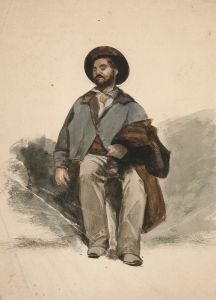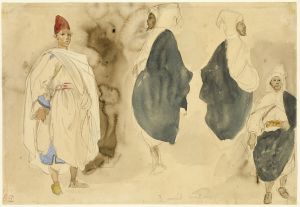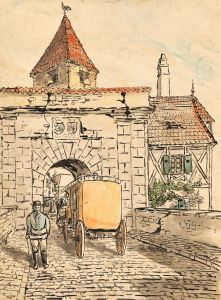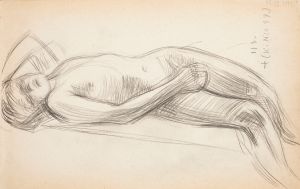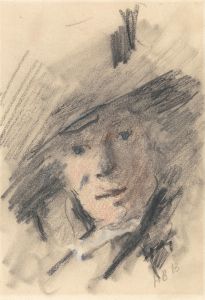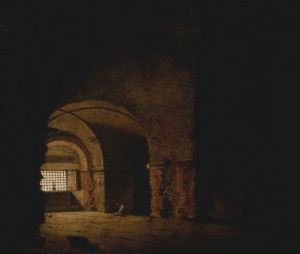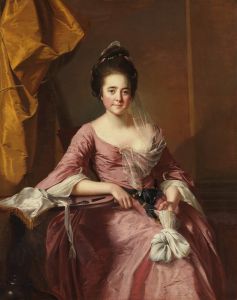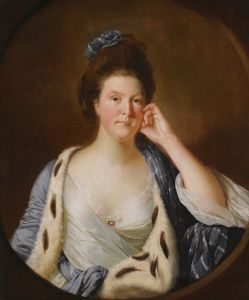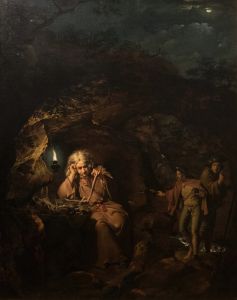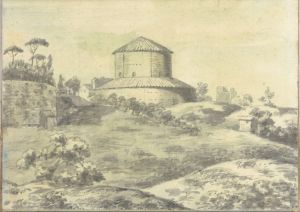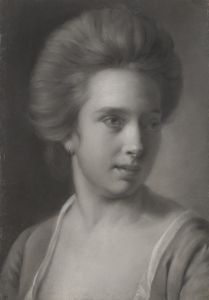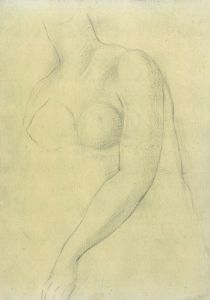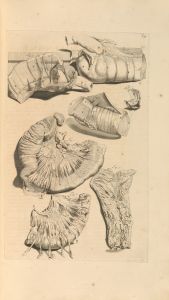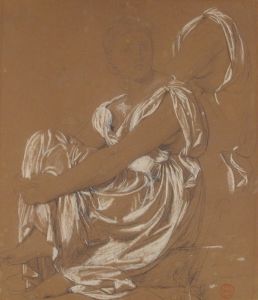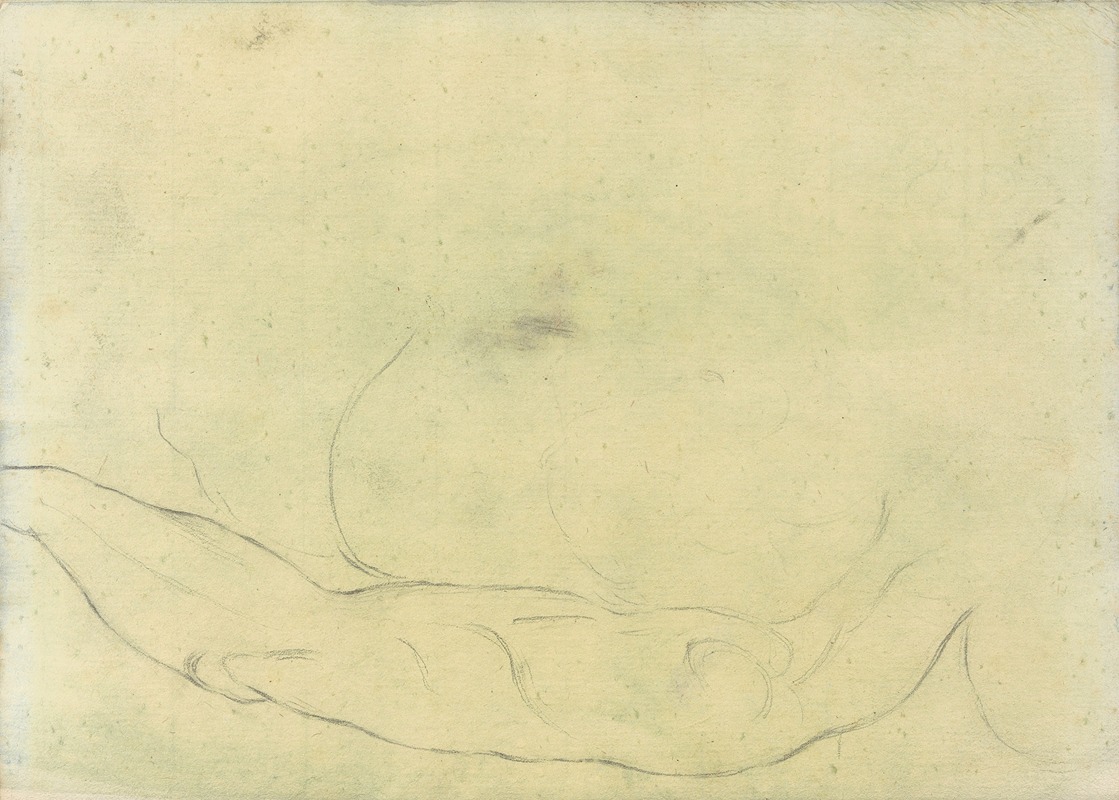
Sketches of Male Bodies, possibly after Michelangeolo
A hand-painted replica of Joseph Wright of Derby’s masterpiece Sketches of Male Bodies, possibly after Michelangeolo, meticulously crafted by professional artists to capture the true essence of the original. Each piece is created with museum-quality canvas and rare mineral pigments, carefully painted by experienced artists with delicate brushstrokes and rich, layered colors to perfectly recreate the texture of the original artwork. Unlike machine-printed reproductions, this hand-painted version brings the painting to life, infused with the artist’s emotions and skill in every stroke. Whether for personal collection or home decoration, it instantly elevates the artistic atmosphere of any space.
Joseph Wright of Derby, an English painter renowned for his contributions to the Enlightenment era's artistic landscape, is best known for his dramatic use of chiaroscuro and his depictions of scientific subjects and industrial scenes. Among his diverse body of work, "Sketches of Male Bodies, possibly after Michelangelo" stands out as an intriguing piece that reflects his engagement with classical art and anatomy.
This artwork, as the title suggests, is a series of sketches that depict male figures, potentially inspired by the works of Michelangelo, the illustrious Renaissance artist known for his mastery in portraying the human form. Michelangelo's influence on Wright is not surprising, given the former's profound impact on Western art and his celebrated works such as the Sistine Chapel ceiling and the statue of David. Wright's sketches likely draw from Michelangelo's anatomical precision and dynamic poses, which were revolutionary during the Renaissance and continued to inspire artists for centuries.
Joseph Wright's interest in anatomy and the human body was not uncommon among artists of his time. The 18th century saw a burgeoning interest in science and the natural world, partly fueled by the Enlightenment's emphasis on reason and empirical evidence. Artists like Wright often studied anatomy to enhance their understanding of the human form, which was essential for creating realistic and expressive figures in their work. This practice was also aligned with the academic art training of the period, which prioritized life drawing and the study of classical sculptures.
The sketches themselves, while not as widely recognized as some of Wright's other works, offer insight into his artistic process and his dedication to mastering the depiction of the human body. The drawings likely served as studies, helping Wright to refine his technique and explore different poses and anatomical details. Such sketches were a common practice among artists, providing a foundation for more finished works and allowing for experimentation with form and composition.
Wright's broader oeuvre includes a variety of subjects, from portraits and landscapes to scenes of scientific inquiry and industrial progress. His paintings often reflect the intellectual currents of his time, capturing the spirit of discovery and innovation that characterized the Enlightenment. While "Sketches of Male Bodies, possibly after Michelangelo" may not directly engage with these themes, it nonetheless exemplifies Wright's commitment to artistic excellence and his appreciation for the classical tradition.
In summary, "Sketches of Male Bodies, possibly after Michelangelo" by Joseph Wright of Derby is a testament to the artist's skill and his engagement with the artistic and intellectual currents of his time. Through these sketches, Wright not only pays homage to the legacy of Michelangelo but also contributes to the ongoing dialogue between art and science that defined the Enlightenment era.





